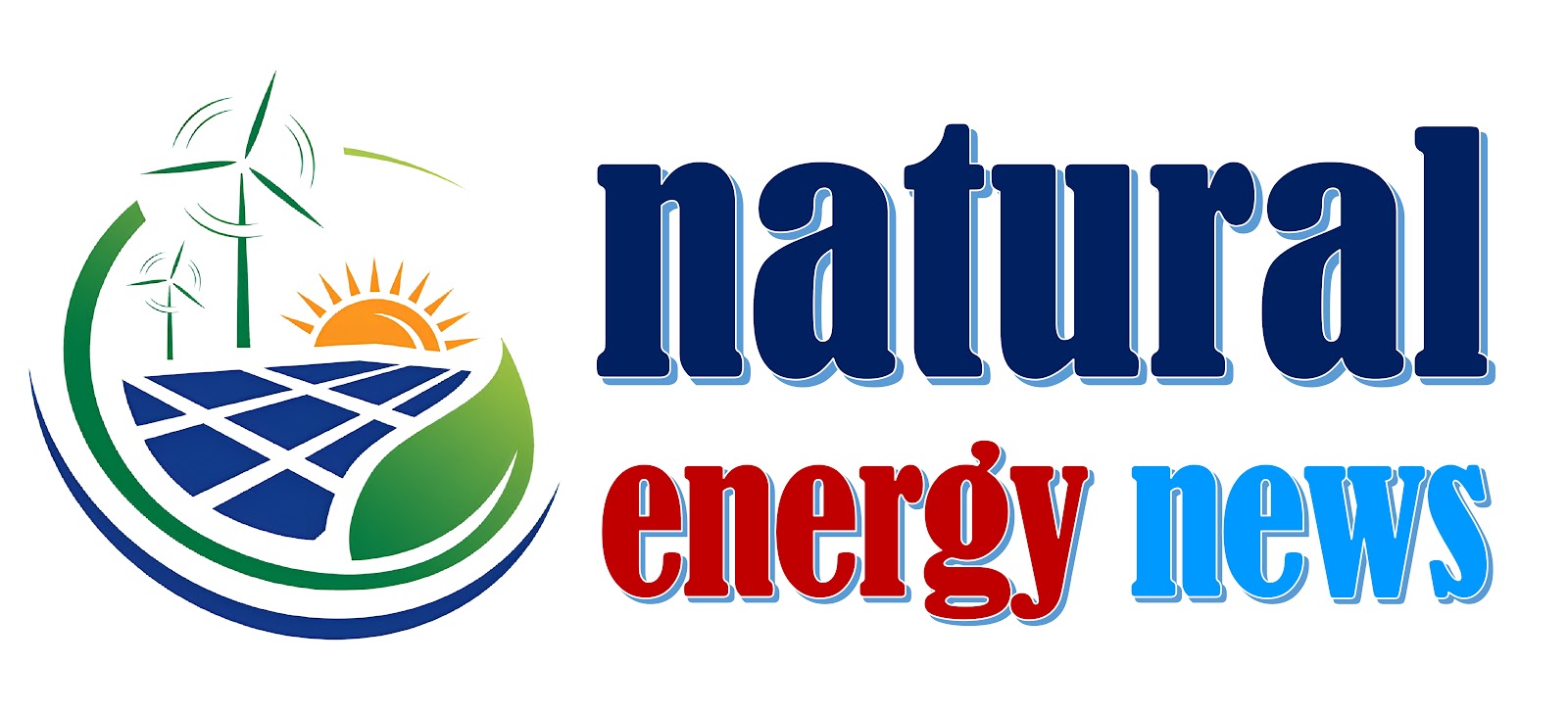Renewable energy investment in the United States is failing to meet climate targets, as revealed by a recent report. Despite reaching record levels, the investment in wind and solar power plants in the previous year fell short of what is necessary to address the nation's climate change objectives. This analysis was conducted by researchers from esteemed institutions including Princeton University, Massachusetts Institute of Technology (MIT), Rhodium Group, and Energy Innovation.
Challenges in Transitioning to Clean Energy
The report scrutinized the progress required to achieve a 40% reduction in greenhouse gas emissions by 2030, as mandated by President Joe Biden's Inflation Reduction Act (IRA) of 2022. While the findings were a mix of positive and negative, they underscored significant hurdles in the transition to clean energy.
Large-scale clean energy projects for utilities are grappling with obstacles such as permitting delays, grid interconnection complexities, and difficulties in sourcing equipment. Despite the presence of generous tax incentives under the IRA for electric vehicles (EVs) and clean energy technologies, progress remains insufficient.
Electric Vehicle Sales Meet Expectations
On the bright side, electric vehicle sales are aligning with researchers' predictions. Zero-emission vehicles comprised 9.2% of light-duty vehicle sales last year, falling within the projected range of 8.1% to 9.4%. However, while sales growth is anticipated to continue this year, it may not match the remarkable 50% increase witnessed last year.
Shortfall in Clean Energy Generation
While zero-emissions electricity generation and storage witnessed a commendable 32% surge last year, reaching 32.3 gigawatts, it fell short of the anticipated projections. Models had forecasted annual additions of 46 to 79 gigawatts, highlighting a considerable shortfall. To stay on course, the US needs to add between 60 to 127 gigawatts of capacity this year, a target that installations are likely to miss.
Future Outlook and Recommendations
Looking ahead, the report stresses the imperative of further escalating clean energy installations beyond 2024. Researchers advocate for annual additions ranging between 70 to 126 gigawatts to effectively align with climate objectives. These findings underscore the urgency of expediting the transition to renewable energy and implementing supportive policies to overcome existing barriers.










0 Comments